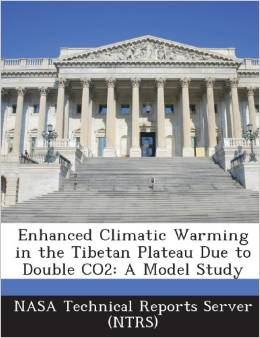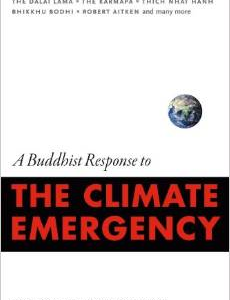Description
The NCAR (National Center for Atmospheric Research) regional climate model (RegCM2) with time-dependent lateral meteorological fields provided by a 130-year transient increasing CO2 simulation of the NCAR Climate System Model (CSM) has been used to investigate the mechanism of enhanced ground temperature warming over the TP (Tibetan Plateau). From our model results, a remarkable tendency of warming increasing with elevation is found for the winter season, and elevation dependency of warming is not clearly recognized in the summer season. This simulated feature of elevation dependency of ground temperature is consistent with observations. Based on an analysis of surface energy budget, the short wave solar radiation absorbed at the surface plus downward long wave flux reaching the surface shows a strong elevation dependency, and is mostly responsible for enhanced surface warming over the TP. At lower elevations, the precipitation forced by topography is enhanced due to an increase in water vapor supply resulted from a warming in the atmosphere induced by doubling CO2. This precipitation enhancement must be associated with an increase in clouds, which results in a decline in solar flux reaching surface. At higher elevations, large snow depletion is detected in the 2xCO2run. It leads to a decrease in albedo, therefore more solar flux is absorbed at the surface. On the other hand, much more uniform increase in downward long wave flux reaching the surface is found. The combination of these effects (i.e. decrease in solar flux at lower elevations, increase in solar flux at higher elevation and more uniform increase in downward long wave flux) results in elevation dependency of enhanced ground temperature warming over the TP.






Reviews
There are no reviews yet.